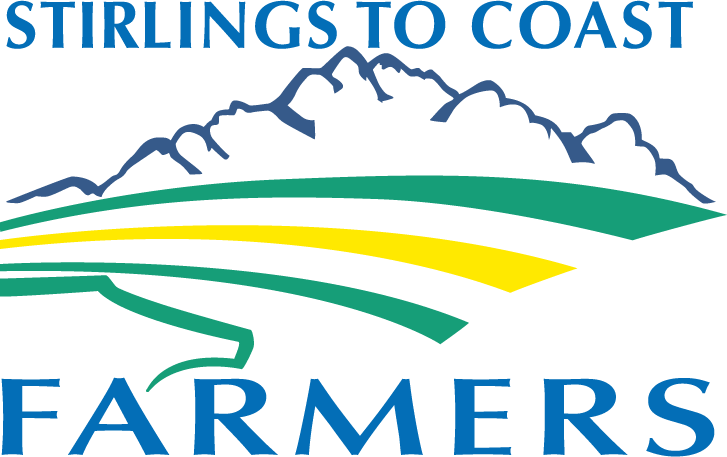Mid-row banding of Nitrogen
Key Messages
Higher wheat yields were achieved for some treatments that included Mid Row Banding (MRB) of Nitrogen (N) at the South Stirlings site, but not at the Kendenup trial in 2020.
At the responsive South Stirlings trial, the combination of MRB applications of N and top-dressed N yielded significantly higher than all other treatments.
MRB of N at both seeding and tillering yielded significantly less at South Stirlings than either combination of MRB and top-dressed N applications.
The two highest yielding treatments at South Stirlings, which included MRB and top-dressing of N, had greater N efficiency because they yielded more from the same applied N units (109.5).
Background
Research indicates only 42% of the fertiliser applied is utilised by the crop with the remaining leached, volatilised or washed away. Mid-row banding (MRB) of nitrogen at seeding and tillering reduces the contact that N has with the atmosphere leading to reduced volatilisation and a reduced likelihood of rainfall runoff washing it away before it can be utilised. Benefits from mid-row banding include the same or higher yields from 20-30% less nitrogen being applied, improved nitrogen use efficiency and reduced acidification rates with the main aim of improving profitability.
Method
Two trial sites were setup in 2020, a small plot trial in South Stirlings and a broadacre site at Kendenup. Seeding was completed with the help of Direct Seeding and Harvest and mid-row banding and top-dressing was completed with the help of CSBP. Mid-row banding at seeding was completed by using the seeder to place urea in rows then going back and seeding between those rows. Top-dressing at seeding was done by spreading urea over the plots. The mid-row banding at tillering was done with CSBP’s trial machine with Flexi-N streamed behind a disc and top-dressing Flexi-N was done with by using streaming nozzles on a hand boom.
Find out more
Newsletter Articles
Videos
ACKNOWLEDGEMENT
This project is funded by the National Landcare Program.









